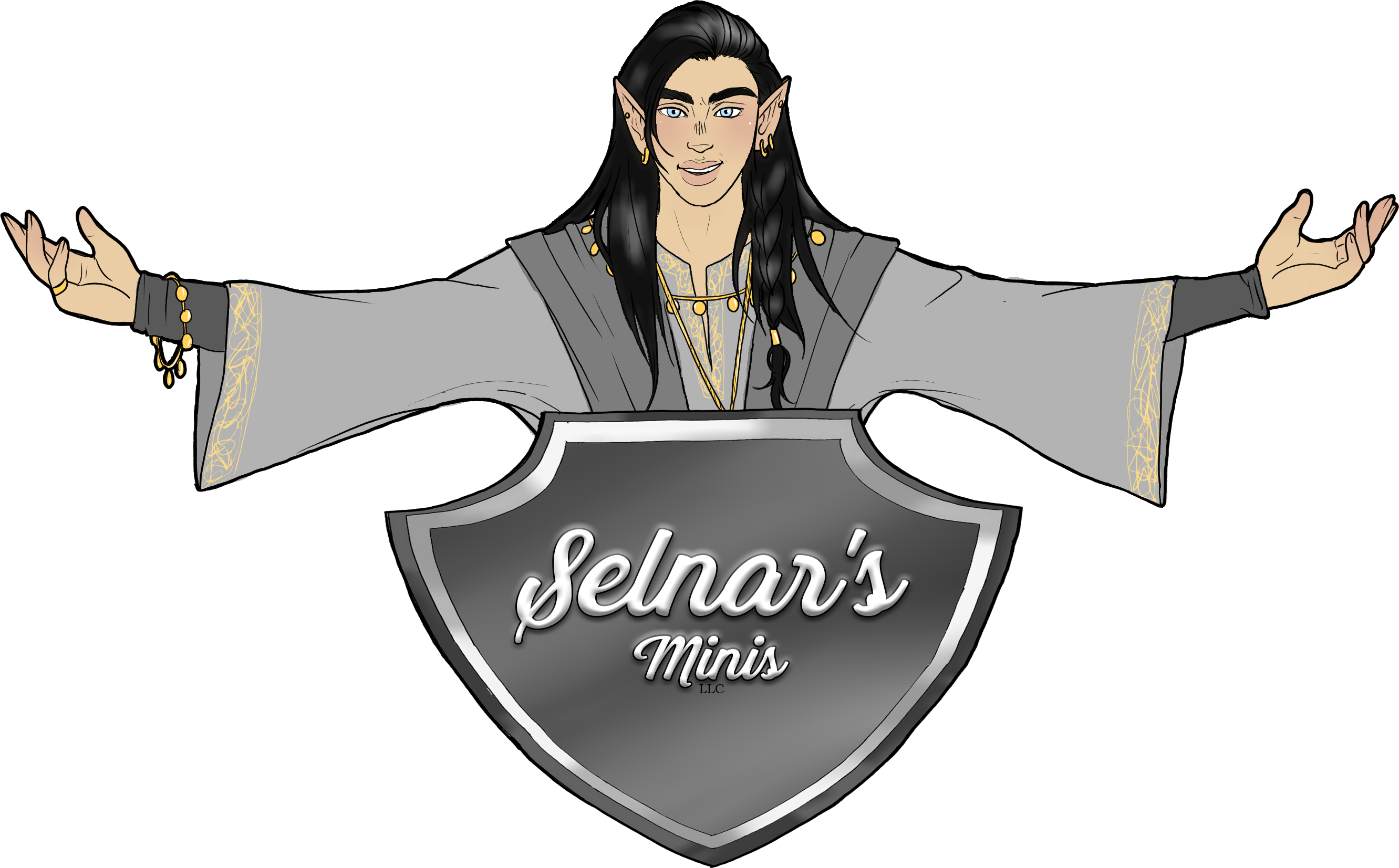One of the great things about this hobby is watching your skills improve. Sometimes this progress creeps up on us, especially when many hobbyists rarely catalog their work via pictures. This is where my current set of commissions provided an unforeseen boon.
A number of years ago, a client approached me to paint some goblins for his soon-to-be-started campaign. After some conversations, I agreed. This lead to my longest running commission to date.
During this time, the amount of pictures obtained boggles the mind. I took them to confirm colors, desired looks and for potential changes. Hundreds of photos sent to him for updates and final looks. In the end, they allow me to see otherwise invisible points of progress.
As well as providing another less obvious benefit, painting the goblins, kobolds, and gnolls for him presented an opportunity to work with models I found of less interest. Since painting these figures, I find myself looking at them and other models I previously avoided, all to push myself outside my comfort zones and try new techniques, such as free hand, different color combinations, and weathering.
To go over the whole commission to date would be a very long blog. I believe no one really wants that. Instead, I’m going to focus on the gnolls. Why these models versus the others? Good question.
I think I’m choosing the gnolls due to the more obvious steps in progress in my opinion. In my eyes the progression from the first set of gnolls to the most current set shows immense improvement. In between the gnolls were a lot of goblins and kobolds which may have attributed to the growth. So I’m going to start off with the first set of gnolls. This set consisted of three poses provided by Reaper Bones miniatures. Below will be a slide show of these finished models.
This was the basis of all future gnoll models, yellowish tan fur with regions of dark brown fur, especially in the facial and extremity regions. Also dark markings along the back and chest as one would see in some hyena species. The client wanted green cloth so I opted for a darker green to contrast with both hues of the fur. Initially went for a gray and flesh-colored leather look but this slightly changed over time. The base was a simple flagstone pattern with basing paste and a few items to indicate a ruined town. In between this set and the next was a large goblin force. While I referenced these models the second set came out slightly different. Images of finished second gnoll set below.
Second set of gnolls consisted of Reaper miniatures and Wizkids Nozler models. Fur colors remained the same but some aspects of the finished model changed. Overall, the straps went from gray and light colored leather to a variety ranging from the gray to a darker brown leather. Part of this shift evolved due to some models having a ton of leather belts and straps. To tie in these models to the first batch, green was applied whenever possible in cloth or weapon wraps or sometimes wrist guards. The most notable change consists of the bases. The first set of gnolls originated from the Reaper Bones line- made of a pvc plastic and easy to remove from their integral bases.
The second set of gnolls consisted of metal and hard plastic miniatures on integral bases as well. Rather than risking damaging the models I adjusted the look of the bases they would be on. I went for a more natural looking base. Easier to hide the dreaded pudding bases and fit the gnolls just as well as the ruined civilized areas. Then I received the newest batch of gnolls, again after a batch of goblins. Pictures of the newest set can be seen below.
The latest set of gnolls consisted of 3D printed resin models. Colors for fur remained constant but I worked on refining the musculature and highlights of the models, as well as continued refinement of the green cloth look. Straps got a pure leather brown paint applied to start. After that, each was shaded and highlighted back up. Again the bases got an upgrade as these are the more elite gnolls in the growing forces of the client’s campaign.
While I continued the natural basing, I planned these bases out more. I used 3D printed elements, cork, basing paste and grass tufts/foliage clumps to bring it all together. Finally I pinned the models to the base and made adjustments where needed. Overall I can see an improvement in my painting style and techniques from the first batch to the most recent. I know I can still improve and look forward to many more attempts in doing so.











































Leave a Reply